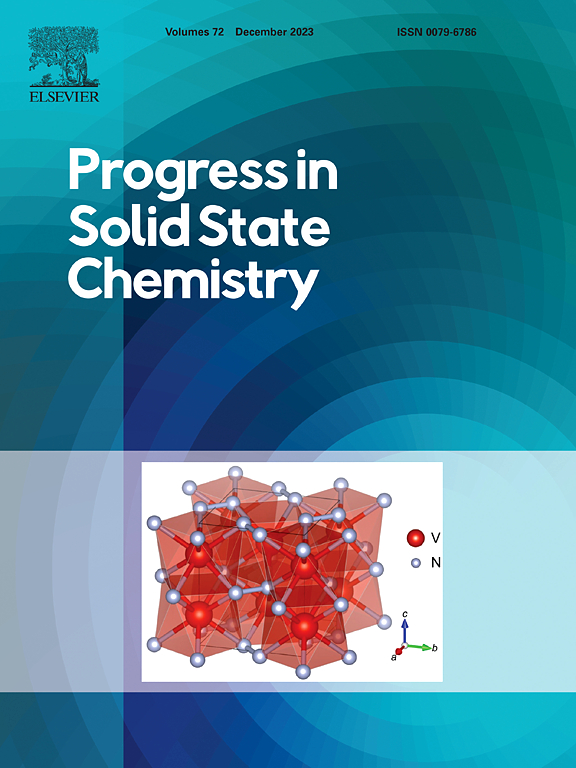Integration of non-Ti3C2 MXene with carbon-based materials for energy storage devices: Recent advancements and future aspects
IF 10.5
2区 化学
Q1 CHEMISTRY, INORGANIC & NUCLEAR
引用次数: 0
Abstract
MXenes find practical use in electrochemical systems, particularly in energy storage devices like supercapacitors and batteries. Notably, Ti3C2 MXene has been extensively studied, but also non-Ti3C2 MXene materials have shown promising properties in energy storage applications. Non-Ti3C2 MXenes, when combined with carbonaceous materials like activated carbon, carbon nanotubes, graphene, etc. exhibit superior specific capacitance, excellent rate capability, and higher electrical conductivity, making them attractive for supercapacitors and batteries. Herein, the incorporation of non-Ti3C2 MXenes with various carbon materials in energy storage systems has been discussed, showing potential for enhancing the overall electrochemical performance. Strategies to enhance the interaction between non-Ti3C2 MXenes and carbon materials have been summarized to tackle challenges and capitalize on opportunities for more efficient and sustainable energy storage technologies.

非ti3c2 MXene与碳基材料集成用于储能设备:最新进展和未来展望
MXenes在电化学系统中有实际应用,特别是在超级电容器和电池等能量存储设备中。值得注意的是,Ti3C2 MXene已经得到了广泛的研究,但非Ti3C2 MXene材料在储能应用中也显示出了很好的性能。当非ti3c2 MXenes与活性炭、碳纳米管、石墨烯等碳质材料结合时,表现出优异的比电容、优异的倍率能力和更高的导电性,使其成为超级电容器和电池的理想材料。本文讨论了非ti3c2 MXenes与各种碳材料在储能系统中的结合,显示出提高整体电化学性能的潜力。本文总结了增强非ti3c2 MXenes与碳材料之间相互作用的策略,以应对挑战并利用更高效和可持续的储能技术的机遇。
本文章由计算机程序翻译,如有差异,请以英文原文为准。
求助全文
约1分钟内获得全文
求助全文
来源期刊

Progress in Solid State Chemistry
化学-无机化学与核化学
CiteScore
14.10
自引率
3.30%
发文量
12
期刊介绍:
Progress in Solid State Chemistry offers critical reviews and specialized articles written by leading experts in the field, providing a comprehensive view of solid-state chemistry. It addresses the challenge of dispersed literature by offering up-to-date assessments of research progress and recent developments. Emphasis is placed on the relationship between physical properties and structural chemistry, particularly imperfections like vacancies and dislocations. The reviews published in Progress in Solid State Chemistry emphasize critical evaluation of the field, along with indications of current problems and future directions. Papers are not intended to be bibliographic in nature but rather to inform a broad range of readers in an inherently multidisciplinary field by providing expert treatises oriented both towards specialists in different areas of the solid state and towards nonspecialists. The authorship is international, and the subject matter will be of interest to chemists, materials scientists, physicists, metallurgists, crystallographers, ceramists, and engineers interested in the solid state.
 求助内容:
求助内容: 应助结果提醒方式:
应助结果提醒方式:


